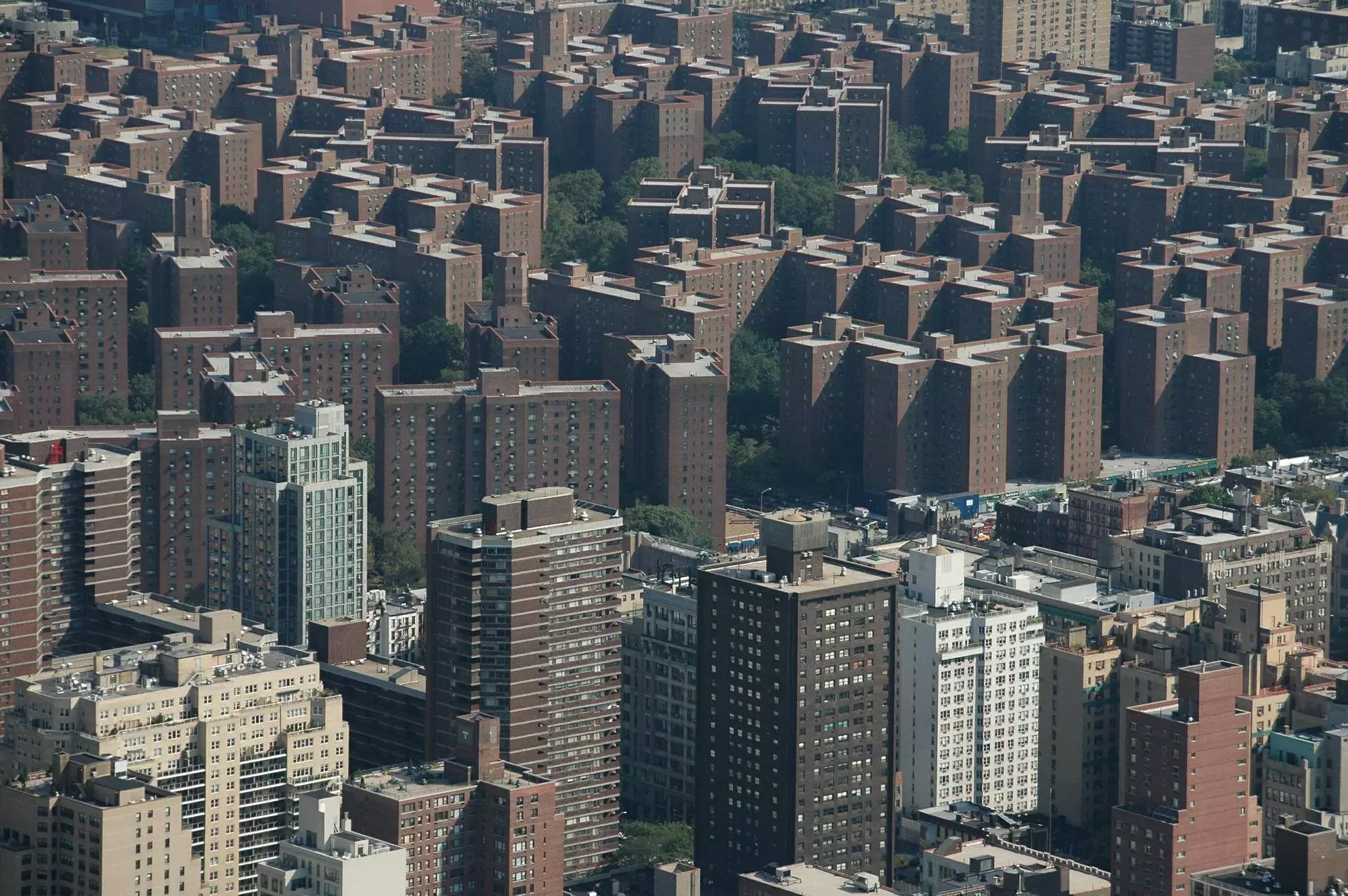Recent insights from a collaborative study led by researchers from MIT have unveiled the complexities of air pollution exposure by considering daily mobility patterns rather than solely static residential or occupational locations. Conducted in the Bronx, New York, this groundbreaking research utilized mobile data to garner a fuller understanding of how and where individuals interact with air pollutants throughout their daily lives. By shifting the focus from traditional methods of evaluating air quality to ones that incorporate actual movement, the study underscores the need for a more nuanced approach to environmental health assessments.
The study reported a notable increase—approximately 2.4%—in exposure to particulate matter (PM2.5) when daily travel patterns were factored in. This revelation emphasizes how our mobility directly impacts the quality of air we breathe, showcasing a clear disconnect between where people reside and the real-time pollution they encounter. Paolo Santi, a principal research scientist with MIT’s Senseable City Lab and a keen advocate for improved environmental understanding, succinctly points out that the integration of mobility data with air quality information enhances our grasp of public health risks.
Hyperlocal Disparities: Varied Exposure Levels Across Demographics
Delving deeper into the study’s findings reveals crucial disparities in air pollution exposure rooted in both economic and demographic factors. An underlying theme is the stark variation in pollution levels experienced by different ethnic communities, particularly among those in lower-income brackets. The granular data set, which included anonymized records from 500,000 individuals, painted a challenging picture for predominantly Hispanic neighborhoods, which not only exhibited high pollution levels but also displayed significant internal variability within community exposure rates.
This differential exposure is alarming, as it exacerbates health inequalities in areas where access to healthcare and socioeconomic support may already be inadequate. This research has far-reaching implications for public health, especially in a borough like the Bronx that already grapples with the highest asthma rates across New York City. As Fábio Duarte starkly notes, the consequences of prolonged exposure to pollutants manifest in increased hospitalization rates, highlighting an urgent call to action for both policymakers and public health officials.
Utilizing Urban Resources for Improved Environmental Monitoring
One of the study’s innovative approaches involved outfitting city civic-service vehicles with solar-powered sensors to monitor environmental conditions. This ingenious utilization of existing urban infrastructure provides a model for other cities to deploy similar technologies. The findings suggest that urban environments can effectively transform everyday municipal vehicles into a network of real-time environmental monitors, contributing valuable data without incurring significant additional costs.
Simone Mora of the Senseable City Lab emphasized that cities using their fleets as environmental sensors present a pragmatic pathway to enhance air quality monitoring. By adopting such methods, urban areas can harness vast amounts of mobility data to better understand the fluctuations and sources of pollution, thereby laying the groundwork for more effective interventions.
Post-Pandemic Mobility Patterns and Future Research Directions
While this study made significant contributions, the timing of its data collection during the COVID-19 pandemic must be acknowledged. Changes in commuting patterns and social behaviors due to lockdowns could have influenced air pollution dynamics, indicating that some of the shifts observed might be context-specific to that period. However, as Carlo Ratti suggested, the methodologies employed offer a promising template for future studies.
There lies ample opportunity for further research to examine the intersection of mobility and air quality, especially as cities rebuild and evolve in a post-pandemic environment. As An Wang noted, such comprehensive studies could incorporate a wider range of pollutants beyond PM2.5, potentially leading to a richer understanding of urban air quality and its health implications.
In summation, the implications of this study extend beyond academic inquiry; they touch on fundamental issues of public health equity, urban planning, and environmental justice. By leveraging modern technology and incorporating dynamic mobility data, we can begin to address the pressing challenges of air quality disparities and work toward healthier, more equitable urban environments. The journey toward cleaner air is not only a technical challenge but also a moral imperative that demands our immediate attention and collaborative effort.


Leave a Reply